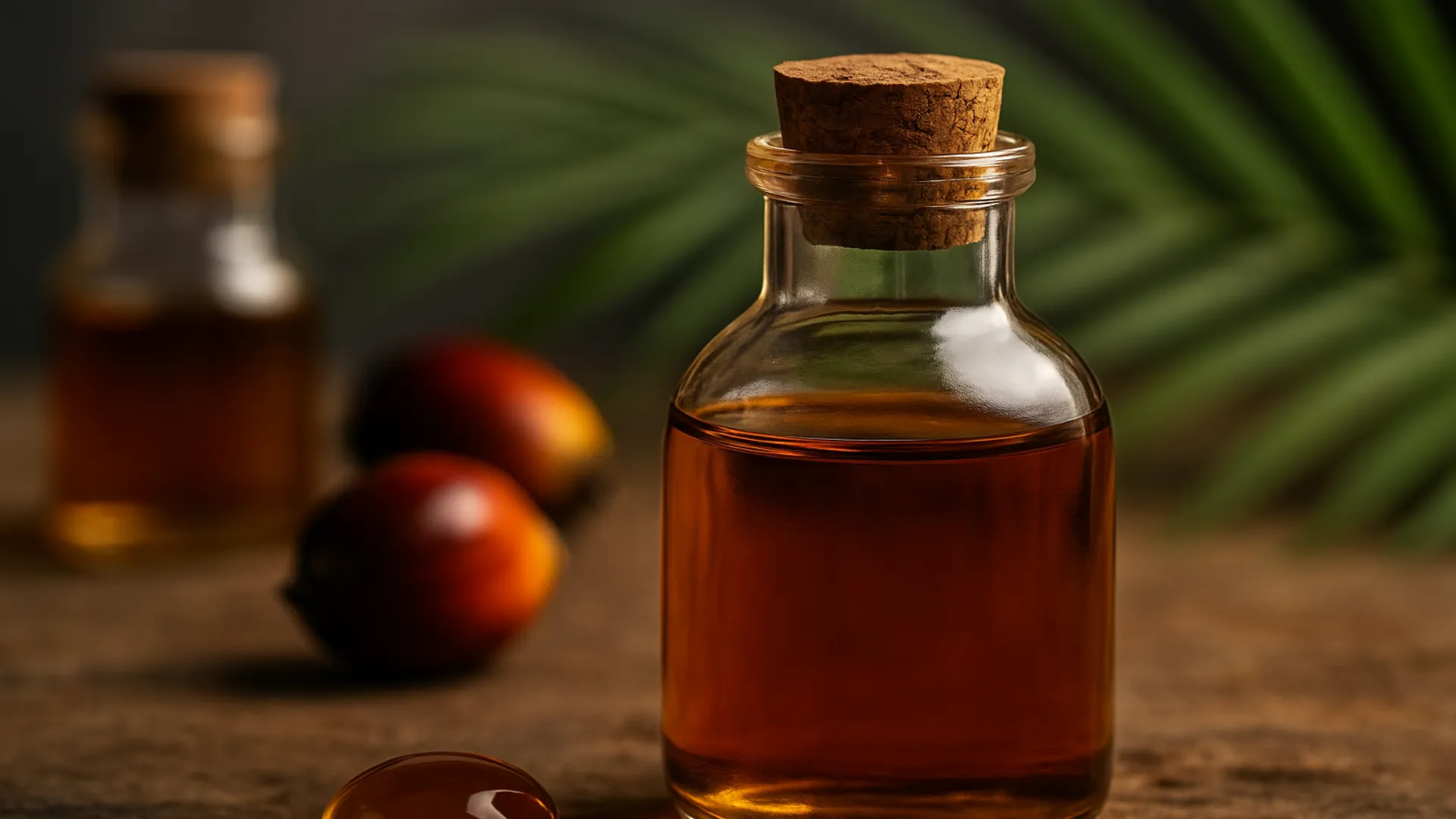1. Introduction
The Asian oleochemical market continues to show strong growth in Q4 2025, with crude glycerine 85% min emerging as a key industrial feedstock. Derived primarily from palm oil-based biodiesel and soap manufacturing, crude glycerine serves as a valuable byproduct that supports multiple downstream industries — from pharmaceuticals to personal care.
In the current quarter, Asia’s increasing demand for bio-based and sustainable materials has positioned crude glycerine as an essential intermediate in the regional green chemical economy. Major producers in Indonesia and Malaysia are strengthening their output capacities to meet both local and export demand.
Tradeasia International plays a pivotal role in this supply chain by bridging manufacturers and end-users across Asia. Learn more about crude glycerine distribution at Chemtradeasia India and Chemtradeasia Indonesia.
Focus keywords: glycerine, palm derivatives, indonesia origin, industrial chemical distributor.
2. Overview of Crude Glycerine 85% Min and Its Applications
Crude glycerine 85% min is a viscous, colorless liquid derived from the transesterification of vegetable oils, especially palm oil. Its purity level — typically around 80–88% — makes it ideal for further refining into refined glycerine, which is used across food, pharmaceutical, and cosmetic industries.
In the chemical industry, crude glycerine is a versatile component utilized for producing propylene glycol, epichlorohydrin, and other value-added derivatives. The biofuel sector also uses glycerine in feedstock blending and anaerobic digestion, enhancing circular economy efforts in Asia.
According to current trade data, global consumption of glycerine is increasing by over 5% year-on-year, with Asia-Pacific being the fastest-growing region. This aligns with the region’s sustainability transition and renewable energy commitments, especially among ASEAN countries.
More detailed product insights can be found at Chemtradeasia India and Chemtradeasia Indonesia.
3. Market Drivers: Palm Derivatives and Bio-based Expansion
The palm derivatives sector — including fatty acids, fatty alcohols, and methyl esters — remains the largest source of crude glycerine in Asia. As palm oil production expands in Indonesia and Malaysia, the supply of crude glycerine as a byproduct is also rising proportionally.
The strong push toward bio-based product manufacturing is further accelerating demand. Governments across Asia are implementing renewable fuel standards and promoting biodiesel blending mandates, resulting in higher glycerine production volumes.
Meanwhile, the cosmetic and personal care industries are increasing consumption of glycerine for moisturizing formulations, reflecting consumer preferences for natural ingredients. Industrial chemical distributors like Chemtradeasia provide consistent bulk supply solutions that align with manufacturers’ sustainability goals.
Focus keywords: glycerine, palm derivatives, indonesia origin, industrial chemical distributor.
4. Regional Market Insights: Indonesia and Malaysia Leading Production
Indonesia, the world’s largest producer of palm oil, contributes a significant share of Asia’s crude glycerine output. With the expansion of biodiesel production facilities, Indonesia-origin crude glycerine is becoming increasingly competitive in both purity and price.
Malaysia follows closely, exporting refined and semi-refined grades to India, China, and other ASEAN countries. Together, these nations form the backbone of Asia’s oleochemical export ecosystem, supported by a robust logistics network.
The demand from India, Vietnam, and Thailand is projected to rise steadily as domestic industries diversify into glycerine-based formulations. For procurement and technical specifications, visit Chemtradeasia India or Chemtradeasia Indonesia.
5. Trade Dynamics and Industrial Distribution in Asia
Asian trade dynamics for crude glycerine are shaped by strong inter-country supply chains and strategic export policies. Indonesia and Malaysia’s cost advantage in palm-based feedstock makes them leading suppliers to markets in India, China, and South Korea.
As regional trade partnerships expand under the Regional Comprehensive Economic Partnership (RCEP), industrial distributors are gaining improved access to competitive freight routes and tariff benefits.
Tradeasia International, as a key industrial chemical distributor, ensures reliable sourcing, quality consistency, and documentation compliance for both bulk and specialty-grade glycerine. For inquiries and supply chain solutions, connect via Chemtradeasia India Contact or Chemtradeasia Indonesia Contact.
6. Conclusion and Future Outlook
In Q4 2025, the crude glycerine 85% min market in Asia remains robust, supported by palm derivative growth, renewable energy initiatives, and expanding industrial applications. Producers and distributors continue to strengthen their networks to ensure consistent supply amidst evolving global trade conditions.
The outlook for 2026 points toward greater integration of bio-based chemical supply chains, positioning glycerine as a cornerstone of sustainable manufacturing. Companies partnering with established distributors like Chemtradeasia can expect long-term sourcing reliability and market access advantages.
Learn more about procurement options and specifications at Chemtradeasia India and Chemtradeasia Indonesia.

Leave a Comment